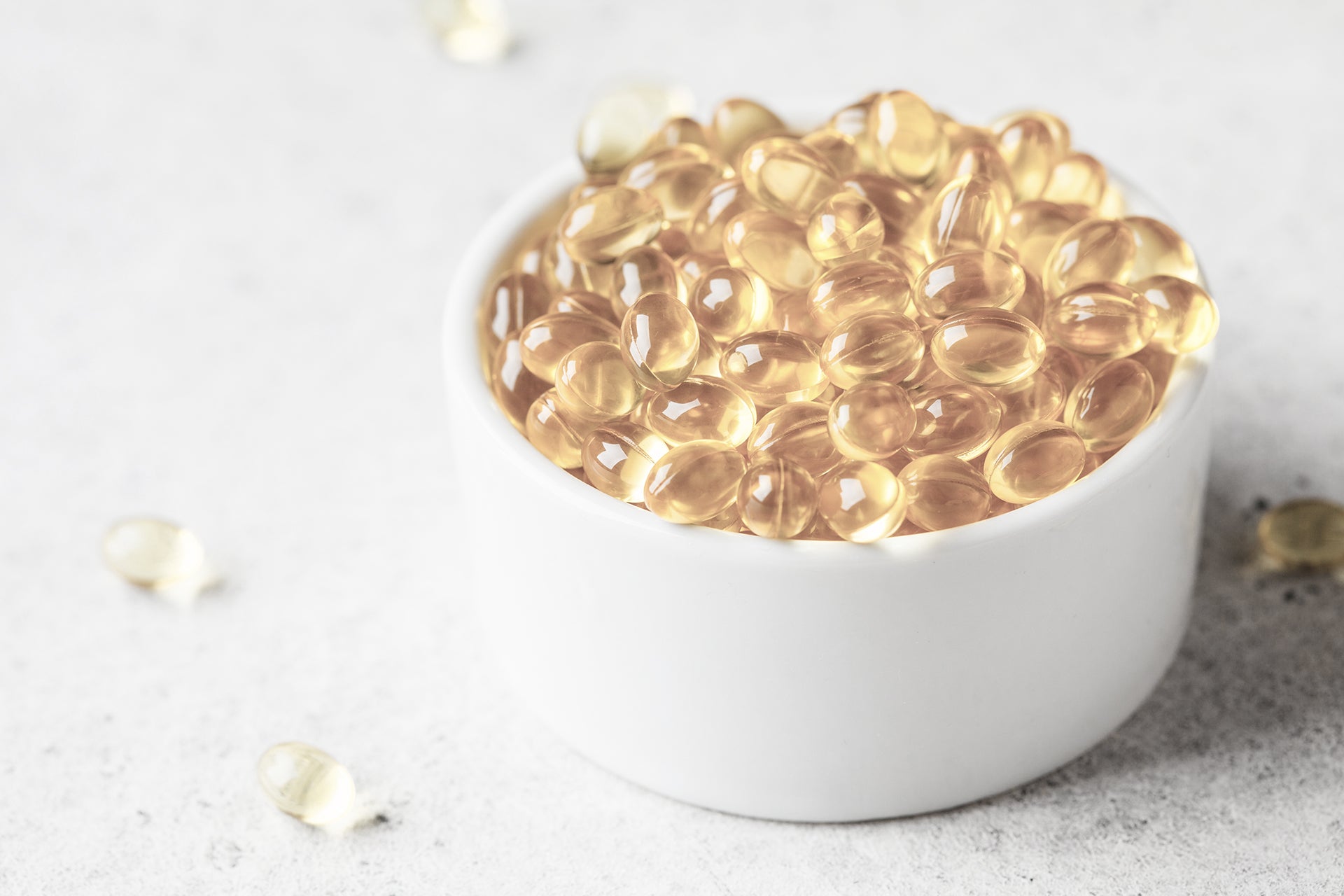
DPA as a reservoir could be metabolized into DHA, and further retro-conversed back to EPA
Xiao-fei Guoa1 Wen-fengTongb1 Yue Ruanb Andrew J. Sinclaircd Duo Liab
aInstitute of Nutrition and Health, Qingdao University, Qingdao, China
bDepartment of Food Science and Nutrition, Zhejiang University, Hangzhou, China
cFaculty of Health, Deakin University, Geelong, Australia
dDepartment of Nutrition, Dietetics and Food, Monash University, Melbourne, Australia
Highlights
- EPA, DPA and DHA incorporated into red blood cells (RBC) phospholipids (PL), plasma PL, plasma triglyceride (TAG), and plasma cholesteryl ester (CE) fractions were systematically investigated in a double-blind cross-over study.
- The findings showed that DPA as a reservoir could be metabolized into DHA, and further retro-conversed back to EPA. Supplementation with EPA was efficiently incorporated into plasma lipid fractions, whereas incorporation of DHA into plasma lipid fractions was limited within a short period of supplement.
- Metabolomics analyses indicated that supplemental EPA, DPA and DHA have shared and differentiated metabolites, which are associated with inflammation and fatty acid oxidation.
Abstract
This study aimed to compare eicosapentaenoic acid (EPA), docosapentaenoic acid (DPA) and docosahexaenoic acid (DHA) incorporated into red blood cells (RBC) phospholipids (PL), plasma PL, plasma triglyceride (TAG), and plasma cholesteryl ester (CE) fractions, and the metabolomics profiles in a double-blind cross-over study. Twelve female healthy subjects randomly consumed 1 g per day for 6 days of pure EPA, DPA, or DHA. The placebo treatment was olive oil. The fasting venous blood was taken at days 0, 3 and 6, and the RBC PL and plasma lipid fractions were separated for fatty acid determination using thin layer chromatography followed by gas chromatography. Plasma metabolites were analyzed by UHPLC-Q-Exactive Orbitrap/MS. Supplemental EPA significantly increased the concentrations of EPA in RBC PL (days 3 and 6). For subjects consuming the DPA supplement, the concentrations of both DPA and EPA were significantly increased in RBC PL over a 6-day period, respectively. For plasma PL fraction, EPA and DPA supplementation significantly increased the concentrations of EPA and DPA at both days 3 and 6, respectively. Supplemental DHA significantly increased the concentrations of DHA in plasma PL at day 6. For plasma TAG fraction, supplementation with EPA and DPA significantly increased the concentrations of EPA and DPA at both days 3 and 6, respectively. After DHA supplementation, significant increases in the concentrations of DHA were found relative to baseline at both days 3 and 6. For plasma CE fraction, EPA supplementation significantly increased the concentrations of EPA (days 3 and 6) and DPA (days 6), respectively. Supplemental DPA significantly increased the concentrations of EPA at day 6. Meanwhile, the concentrations of DHA were significantly increased over a 6-day period of intervention after subjects consuming the DHA supplements. There were a total of 922 plasma metabolites identified using metabolomics analyses. Supplementation with DPA and DHA significantly increased the levels of sphingosine 1-phosphate (P for DPA = 0.025, P for DHA = 0.029) and 15-deoxy-Δ12,14-prostaglandin A1 (P for DPA = 0.034; P for DHA = 0.021) in comparison with olive oil group. Additionally, supplementation with EPA (P = 0.007) and DHA (P = 0.005) significantly reduced the levels of linoleyl carnitine, compared with olive oil group. This study shows that DPA might act as a reservoir of n-3 LCP incorporated into blood lipid fractions, metabolized into DHA, and retro-converted back to EPA. Metabolomics analyses indicate that supplemental EPA, DPA and DHA have shared and differentiated metabolites. The differences of these metabolic biomarkers should be investigated in additional studies.
En savoir plus
https://www.sciencedirect.com/science/article/abs/pii/S0952327819301905
